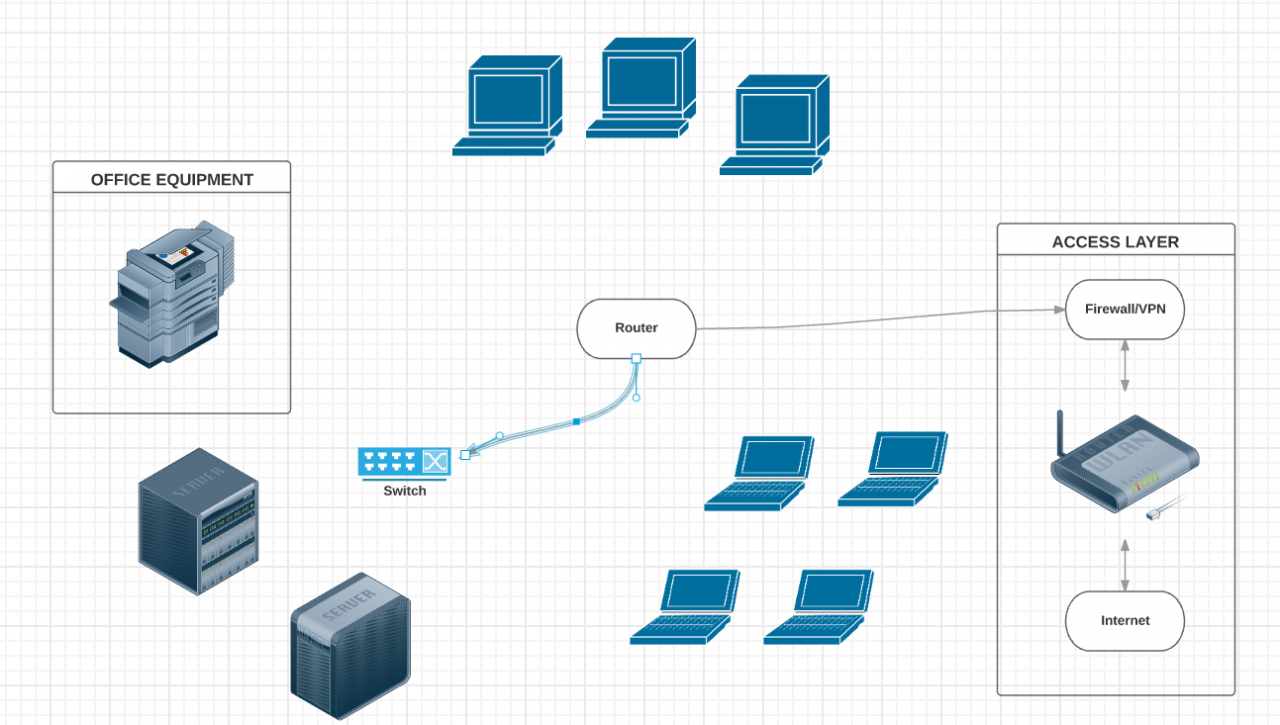Ever scratched your head, wondering how the heck fiber optic cables manage to send data zipping across vast distances? Well, wonder no more! The secret sauce is the optical layer in an optical network. Buckle up, because we’re about to embark on a journey to understand what the optical layer is and how it works.
What’s the Deal with the Optical Layer?
Imagine the optical layer as the unsung hero of the network world. It’s the network layer that connects optical devices like switches and routers using fiber optic cables. Its job? To transform electronic signals into optical signals that can travel long distances without losing their mojo.
The optical layer is like a well-oiled machine, made up of several key components:
- Optical Transmitters: These bad boys turn electrical signals into optical signals.
- Optical Amplifiers: They’re like the cheerleaders of the optical signals, giving them a boost to prevent loss during transmission.
- Optical Regenerators: These guys are the rejuvenators, restoring the strength of optical signals.
- Optical Receivers: They bring it full circle, converting optical signals back into electrical signals.
The Optical Layer in Action
When data is sent through an optical network, it’s first transformed into electrical signals by a device like a switch or router. These electrical signals are then handed off to an optical transmitter, which morphs them into optical signals.
These optical signals then embark on a journey through fiber optic cables, where they can travel long distances without losing their strength. If the signal starts to feel a bit weak, it gets a pep talk from an optical amplifier before continuing on its way.
Once the optical signals reach their destination, they’re converted back into electrical signals by an optical receiver. These electrical signals can then be processed by another device, like a switch or router, before being sent to their final destination.
Wrapping Up
Without the optical layer, sending data across long distances using fiber optic cables would be as impossible as a fish riding a bicycle. By converting electrical signals into optical signals and back again, the optical layer enables fast, reliable data transmission over long distances.
If you’re itching to learn more about fiber optic cables and the optical layer, don’t hesitate to check out our other articles. Got questions or comments? Holler at us – we’re always here to help!
FAQs
1. What is the Optical Layer in an Optical Network?
The Optical Layer is like the quarterback of an optical network, handling the transmission of data through optical fibers. It’s responsible for converting the electrical signals from the upper layers into optical signals that can be sent across the optical network.
2. What are the functions of the Optical Layer in an Optical Network?
The Optical Layer wears many hats in an optical network, including:
- Optical Signal Amplification: It boosts optical signals to overcome attenuation and ensure the signal can travel long distances.
- Optical Signal Multiplexing: It combines multiple optical signals into a single optical fiber to increase the network’s capacity.
- Optical Signal Regeneration: It strengthens optical signals after long-distance transmission.
- Optical Channel Management: It keeps an eye on the optical channels in the network to ensure they’re working correctly.
3. What are the components of the Optical Layer in an Optical Network?
The Optical Layer is made up of several components that work together to perform its functions. These include:
- Optical Amplifiers: These devices boost optical signals to compensate for attenuation.
- Optical Filters: These devices filter out unwanted optical signals to ensure that only the desired signals are transmitted.
- Optical Regenerators: These devices strengthen optical signals after long-distance transmission.
- Multiplexers and Demultiplexers: These devices combine and separate multiple optical signals into and out of a single optical fiber.



